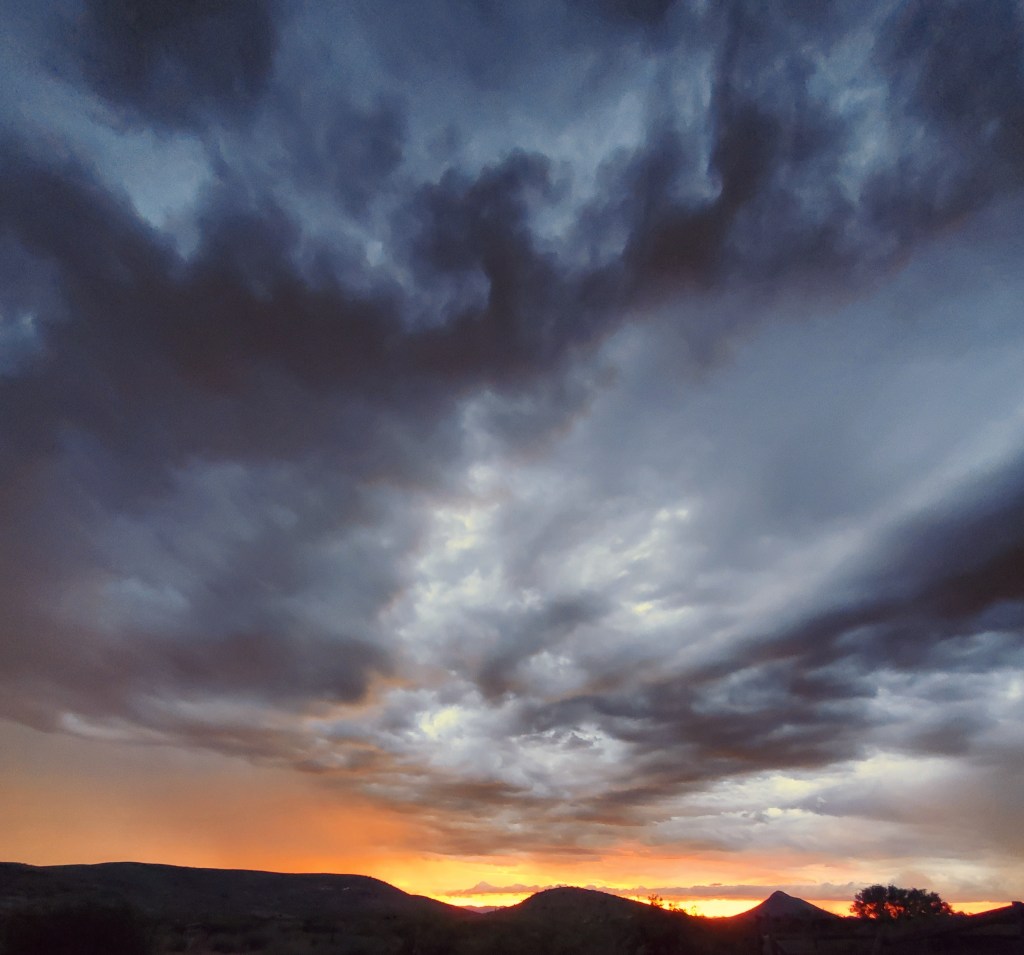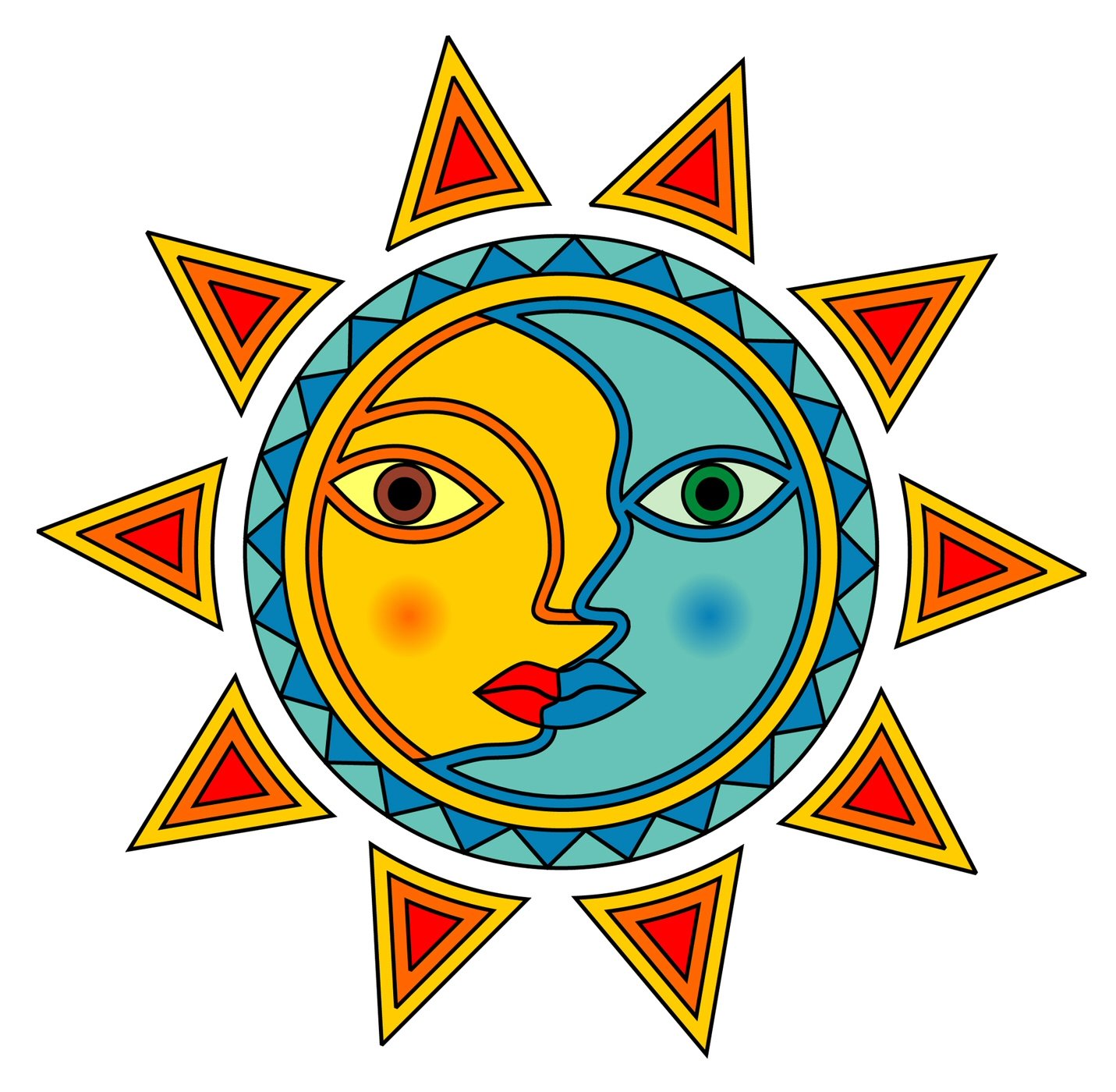Most people know me as a generally positive glass haft full kinda person. And it’s true, I see most everything in a positive light. This has pissed and angered more than a few over the years. Not really sure why, I suppose they expect me to react and respond to things, people, and places the way they do…. but I don’t, never have, never will.
We have the power to define the meaning of events in our lives.
I learned this as a very young child from my aunties who would visit every summer to help my mom “deal” with me. As an autistic with a heart condition who preferred tree contact more than human contact my mom struggled to know what to do with me. Of course she didn’t have to deal or do, but to just let me be …. which she eventually did (mostly).
My positivity seems to have increased over the years, (if that’s even possible). After heart surgery, multiple brain surgeries, occasional homelessness, and numerous threats of violence I remain optimistic, upbeat, and hopeful.
We do have the power to define the meaning of events in our lives. People, places, and things.








